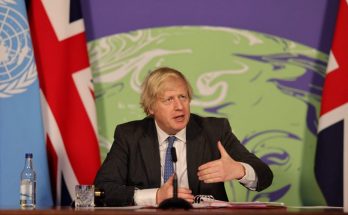On August 3, US President Barack Obama launched the enhanced version of the Environmental Protection Agency (EPA)’s original proposed Clean Power Programme. This sets ambitious targets for reducing greenhouse gas emissions and pollution from the US power sector. The plan has many features that could be of interest to India, and perhaps even more relevant.
The basic features of Obama’s plan may be summarised as follows – (1) New national carbon pollution standards for the first time for power plants, aimed at cutting carbon and particulate emissions (2) Reduction (over 2005 levels) from the power sector of oxides of Carbon (32 percent), Sulphur (90 percent) and Nitrogen (72 percent) (3) Transition to cleaner sources of energy, especially to renewable energy. The projected economic benefits of the plan are climate-related benefits ($20 billion), health related benefits ( $14-34 billion), and avoiding each year 3600 deaths, 1700 heart attacks, 90,000 asthma attacks and loss of 300,000 work and school days due to illness.
The plan is based on: (1) Close partnerships between the Federal government and state governments (2) Separate standards for coal/oil and natural gas based plants (3) State-level targets in terms of CO2 per kilowatt hour (kWH) of power, and total CO2 emissions. (4) State-level incentives for clean and renewable energy (5) Flexible mechanisms for implementing plans. These targets are to be met singly or in combination with other states (including through emissions trading etc.) during 2022-2029. The mechanisms offer flexibility to the States which are required to submit final plans by September 2016.
Read More

